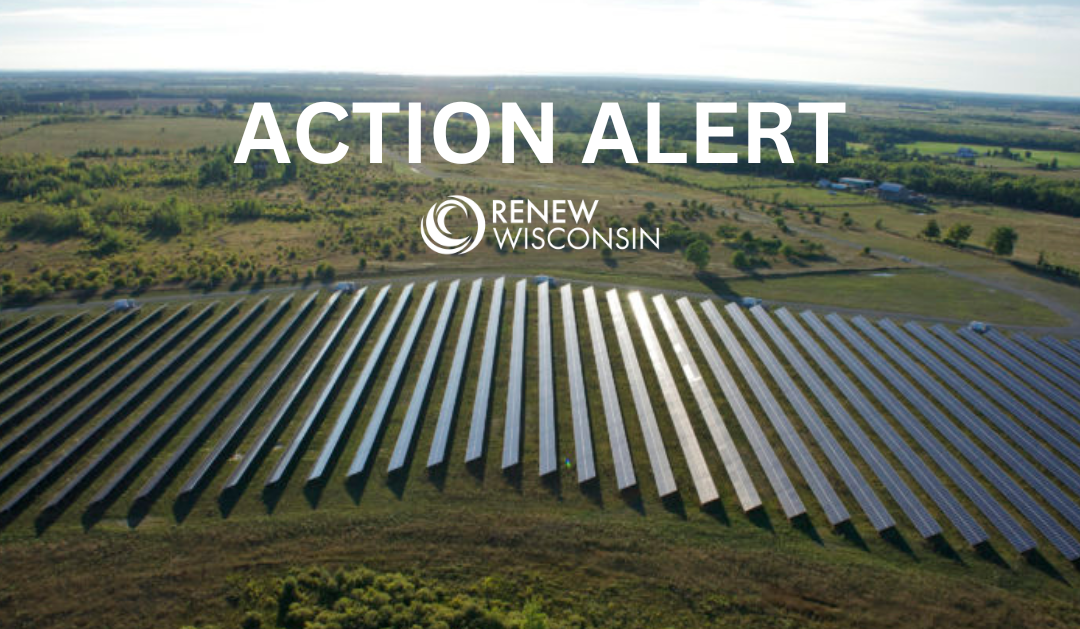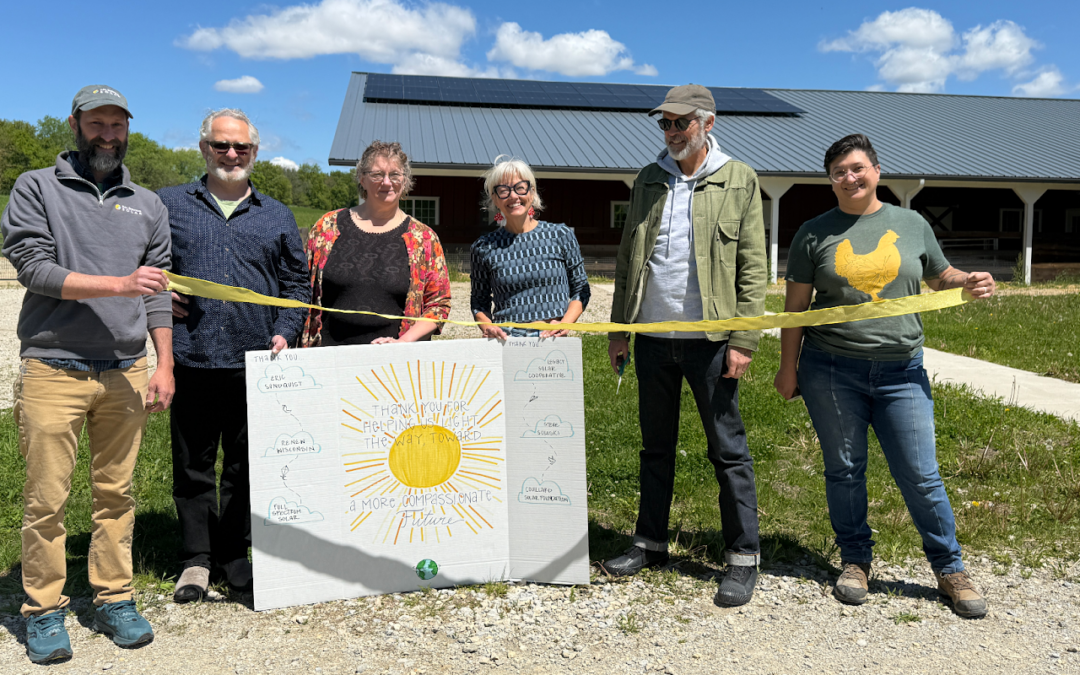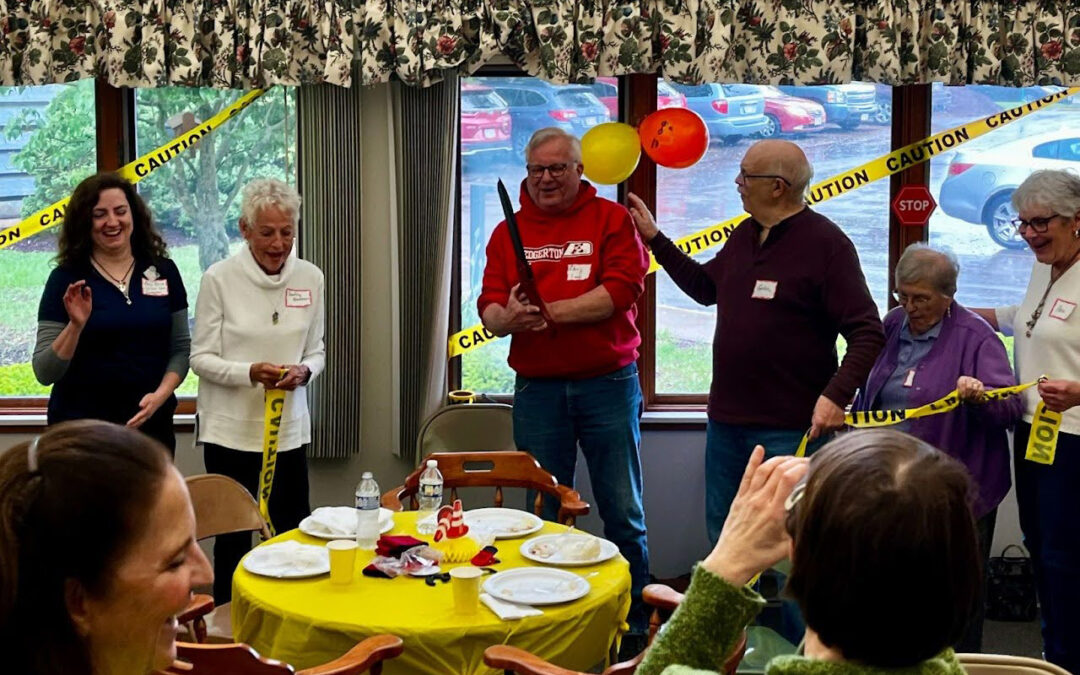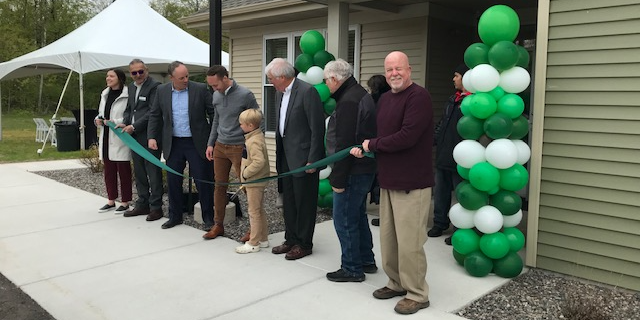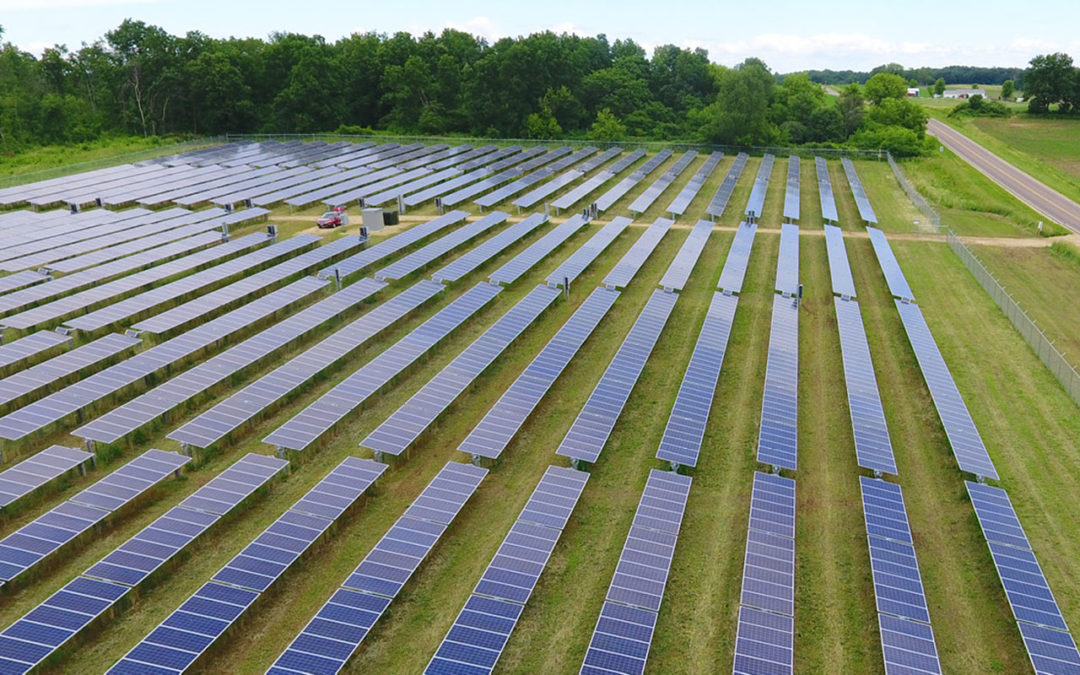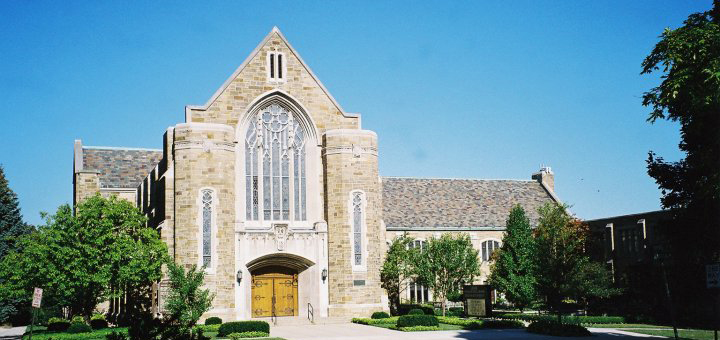
“Imagine, Create, and Renew”: Green Bay Church Uses Clean Energy to Put Faith in Action
On June 8, 2025, Union Congregational United Church of Christ (UCC) in Green Bay celebrated the completion of an 18.06-kilowatt solar installation that will supply approximately 20 percent of the church’s electricity needs—an inspiring example of how faith, sustainability, and community intersect. Over 100 church members gathered to admire the 42 panels shining on the rooftop of their historic church building—a physical embodiment of the congregation’s commitment to caring for the planet and their community.
A Vision Realized: The Solar Dedication Ceremony
The solar dedication event was a heartfelt celebration of values in motion. Leading the dedication ceremony was Rev. Bridget Flad Daniels, who reminded the congregation of the project’s vision first set into motion three years earlier.
“Three years ago, we dared to dream boldly,” Daniels said. “We launched a capital campaign not just to improve our building, but to align it with our values—to care for creation, to walk more gently on this sacred earth, and to shine God’s light in a new way. Today, we stand in the light of that vision realized. This solar installation is more than an energy solution— it is a testimony of faith, justice, and community. It is the fruit of commitment, generosity, and love.”
In collaboration with Eland Electric, the congregation took great care in planning and installing the solar array on their historic church. Given its age and location in a designated historic neighborhood, the project required thorough research and congregational approval to ensure alignment with preservation standards and congregational values. With guidance and support from several partners, including the West Side Moravian Church, whose own solar installation provided both precedent and inspiration. Union UCC ensured that every aspect of the project aligned with their values and the integrity of their historic building.
This investment is part of a broader commitment to sustainability. Over the years, the church has upgraded to energy-efficient LED lighting and modernized its boiler system. The solar project adds a powerful new dimension to their efforts, reducing reliance on coal-fired power from the local utility while also delivering long-term energy cost savings.
Powered by Partnership: Funding the Vision
A project of this scale and ambition was made possible through community support and strategic funding. The church’s Capital Campaign earmarked $31,000 for the project, but thanks to grants and tax credits, the actual costs will likely come in under budget. Key funding sources included:
- A cash grant from Solar For Good and the Couillard Solar Foundation ($2,709)
- A Focus on Energy grant ($903)
- A $1,000 grant from the WI Conference UCC Kairos Creation Care Team
- And most critically, direct pay tax credits from the Inflation Reduction Act—estimated at $14,820
Historically, nonprofit organizations like Union UCC were excluded from federal clean energy tax credits because they don’t pay taxes. The Inflation Reduction Act’s direct pay provision now allows tax-exempt entities to receive tax credits as refundable payments, effectively putting cash in hand to support renewable energy investments.
For Union UCC, direct pay was instrumental in bridging the financial gap between vision and reality. This tax provision allowed the church to take meaningful climate action without sacrificing resources needed for their core programs. This policy shift represents a new era for nonprofits across the country, offering a long-overdue opportunity to invest in renewable energy. However, recent federal budget reconciliation efforts threaten the clean energy tax credits and direct pay provision that made Union UCC’s renewable energy project possible.
Lighting the Way Forward
The rooftop solar array is a reflection of Union UCC’s commitment to living its values. As they reduce their carbon footprint, the church also strengthens its capacity to serve the community. Savings on energy costs will be reinvested in operations, youth programs, and outreach efforts that uplift those in need.
“We may even see our electric meter run backwards on clear, low-usage summer days… In our small way, by reducing our reliance on coal, we are being better stewards of the precious earth God gave us,” Union UCC member Achim Seifert said.
From the rooftop panels catching sunlight to the warm words spoken at the dedication, this project is a testament to the power of collective vision, favorable clean energy policy, and aligned values. It shows what’s possible when a community dares to dream—and follows through with action grounded in stewardship and faith.

